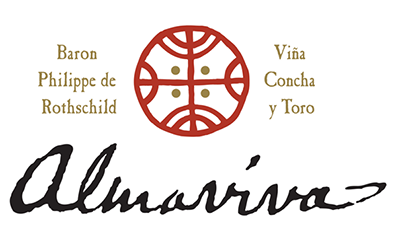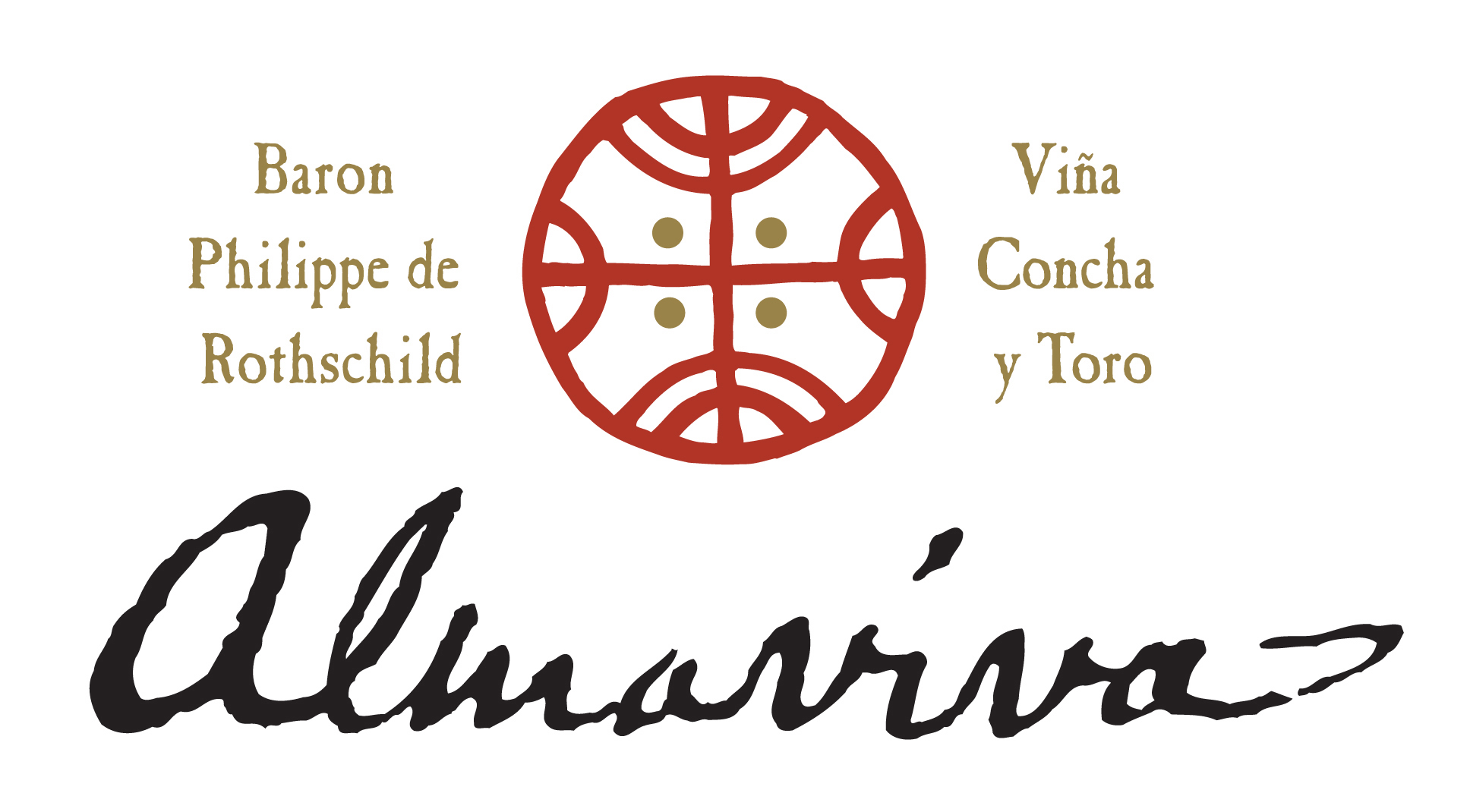
Alma Viva
Chile sheds its predictable, over-oaked Cabernet and Carmenere image in favour of terroir-focused wines.
IN 1997, winemaker Arnaud Hereu packed his bags and waved au revoir to his hometown of Bordeaux, lured by the chance to start anew in Chile – where opportunities beckoned in an industry free from the “many rules and regulations in France”. Now the chief winemaker of Odfjell Vineyards, Mr Hereu says: “Chile back then was like a white canvas; but over the last 10 years, it has developed so quickly, and it is now another era which is very exciting.”
The rise of Chilean wine is a familiar tale. With a history spanning four centuries, Chilean wine saw a huge resurgence in the 1980s, when magnates such as Miguel Torres took a stake in the Curico Region, and his “toys” – stainless steel tanks and French oak barrels – influenced local wine producers. This led to a new style of concentrated fruit character and oak ageing, and wines which soon found favour overseas.
Three decades on, things are changing. The current generation of winemakers are those who survived the Chilean fruit bombs of yesteryear – having travelled globally, they are now back and making new waves.
One of them is Oveja Negra winemaker, Edgard Carter – still in his 30s but boasting a degree from the local oenological academy and a decade of winemaking experience. “In the past, everyone was planting only in the middle of the valley. Then, we slowly realised that planting in the flatlands was not enough. Now, there are vine plantings on the mountains and slopes, from the north to the coast. ”
The arrival in Chile of UC Davis University, a Life Sciences Innovation Centre, is also stirring up excitement in the wine industry. It collaborated with Concha Y Toro to set up a Centre of Research and Innovation (CRI) in the Maule Valley which houses top-notch facilities, including an Agricultural and Enological Laboratory, and Experimental Wine Cellar for research. Their work is non-exclusive, as Concha Y Toro pledged to share the knowledge and technologies gained with its peers.
Over a week of tasting the latest vintages, it’s evident that the bombastic style often linked with Chilean wines is fast becoming a thing of the past.
Says Ignacio Recabarren M, winemaker at Concha Y Toro: “In Chile, we have gone through many phases. As a young wine industry, we started with French influence, producing big and oaky wines. Then we moved on to American styles, using American oak to make wines that had chocolate and vanilla. In the past, we were also more varietal-focused. Today, winemakers are making wines that are closely associated with the terroir, looking at new areas such as Aconcagua and Limari, so we can show the country. We are going beyond Chardonnay, Cabernet Sauvignon and Carmenere. This, I believe, is the New Chile.”
Think “Chile”, and its national grape Carmenere, Cabernet Sauvignon and Chardonnay are likely to come to mind. In contrast, Syrah probably does not – although this varietal is fast gaining traction and favour here – both as a main star, and as a supporting actor in blends. At Vina Maipo in the Maipo Valley, Syrah is an object of devotion. Says Max Weinlaub, its chief winemaker: “There are three difrerent types of Syrah in Chile. The First is close to the ocean, which has more freshness and is lighter in colour – you can Find this in the Casablanca region. Most of the Syrah from Vina Maipo is planted near the mountain, so it has elegance. Lastly, the Syrah planted in Central Valley is more full bodied and alcoholic.”
A pinnacle of Syrah, Maipo’s Vinos de Origen series focuses on the winery’s first vineyard, Quinta de Maipo, carved into three soil types which contributes various attributes to the wines: the Lower Terrace (alluvial), Upper Terrace (volcanic) and Lonquen Hill (clay and granite). The Limited Edition 2011, made from grapes planted in the Lonquen Hill, is an elegant triumph, with plummy, tea leaf and earthy notes, and a light kiss of oak. The Alta Tajamar 2010, a predominantly Syrah blend, delivers a powerful punch, with a more New World expression of spiciness, juiciness and greater grip of tannins.
La Cumbre, an iconic wine by Vina Errazuriz, is a reference point for most Chilean Syrahs. It was started as a pilot project by Eduardo Chadwick, whose brainwave was to plant the grape at the topmost peak of a hill in Aconcagua Valley. A 100 per cent Syrah, its original powerful, aggressive proFile has evolved to ofrer more finesse and freshness.
From Chile, not Bordeaux
Almaviva – a collaboration established in 1996 between Baron Philippe de Rothschild of Chateau Mouton-Rothschild and Concha y Toro – has always set the benchmark for Chilean wine. The Puente Alto project set in the Maipo Valley, which has gained global stardom, is no longer the only project for top, premium quality wines. Don Melchor, a 10/5/2016 Chile’s vinous frontiers, Food & Drink THE BUSINESS TIMES http://www.businesstimes.com.sg/lifestyle/fooddrink/ chilesvinousfrontiers 3/5 Concha Y Toro project launched in 1987, has also always set its sights on creating the ultimate local expression of Cabernet Sauvignon. Every aspect – from vinification tailored to different vineyards right down to picking the optimal oak treatment – was geared towards a truly stellar Chilean Cabernet. Shares Isabel Mitarakis Guilisasti, vintner at Don Melchor: “We aim to make the best Cabernet Sauvignon from Chile, not Bordeaux.”
Today, these wineries are not the only ones making premium, iconic wines. The Berlin Tasting, a collaboration between the Chilean wine industry and Vina Errazuriz, has spoken loudly since its launch in 2004. Inspired by the famous Judgment of Paris tasting where Napa Valley Chardonnays trumped the French white wines, the top Chilean Cabernets were pitted against the First Growth Bordeauxs in a similar fashion. The results were eye-opening, with the Vinedo Chadwick 2000 and Sena 2001 placedfirst and second, ahead of Chateau Lafote. It has since been recreated more than 20 times around the world, with Chilean Cabernets topping the list 90 per cent of the time.
But the latest newsworthy kid on the Chilean block is Vik. It’s owned by well-known hotelier couple Alexander and Carrie Vik, who set out to make the best wine in South America, and managed by Patrick Valette, whose family used to own the well-known Chateau Pavie in Bordeaux. Mr Valette chose the Millahue Valley in Chile over Argentina and Uruguay, and started planting vines from ground zero, applying his Bordelais knowhow. After almost a decade of work, the third vintage – the 2011 – was officially released in 2015.
The pedigree of a winemaker such as Mr Valette will no doubt raise expectations on the international wine scene (the grapevine has it that Robert Parker will soon release his ratings on VIK wines in 2016), but there are further reasons for Vik’s rise. Chilean architect Smiljan Radic, in a style somewhat reminiscent of Frank Gehry, designed the spectacular Vina Vik, a 22-suite wine spa and boutique hotel (rates hovering around US$1,200 per night) which is also bringing tourism to this formerly unknown spot. Maipo Valley used to be The Region for Chilean Wines, but no more. Winemakers are venturing further, favouring areas near the coast in the West and even to the north, near the deserts. The buzzword? Terroir.
Aconcagua Costa, a new appellation conformed only three years ago, is one of the new frontiers. The area is very close to the hearts of the Vina Errazuriz team, who actively pushed for recognition of this appellation. The Manzanar vineyard, located barely 12 km from the Pacifoc Ocean, had been planted with Chardonnay vines since 2005, and, shares enologist Wladimir Medel Pino, is now inspiring Errazuriz to explore different 10/5/2016 Chile’s vinous frontiers, Food & Drink THE BUSINESS TIMES http://www.businesstimes.com.sg/lifestyle/fooddrink/ chilesvinousfrontiers 4/5 wine styles. Take its Aconcagua Costa Chardonnay 2013, for example. “In the past, we used to source for grapes from Casablanca, which yielded more creamy and tropical flavours. But the grapes from Aconcagua Costa have given us minerality and fresh acidity. This has opened up a new chapter for us; Chardonnay has never been considered afine wine, but this is a new generation of Chardonnays for Chile.”
Another unlikely but fascinating sub-region for winemaking is the Elqui Valley in northern Chile, located at the southern edge of the Atacama Desert and a long-favoured haunt for astronomers because of its clear skies. Elqui has a rich agricultural history, and is known for papayas and the production of Pisco, but is now making a name for its vineyards.
Vina Falernia and Maya are two sister wineries that have been making wines in the Elqui Valley. According to export manager Carolina Rivera, the conditions every 5km can be vastly different. The Mayu Pedro Ximenez is a case in point: The PX grape, formerly used for pisco, stood out with its mineral and citrus notes, as well as vivacious acidity. As Ms Rivera shared: “It’s been a learning journey but we are very happy with the results so far. The challenge now is to tell the world about this new world of Chilean wines.”
Fuente: http://www.businesstimes.com.sg/lifestyle/food-drink/chiles-vinous-frontiers



